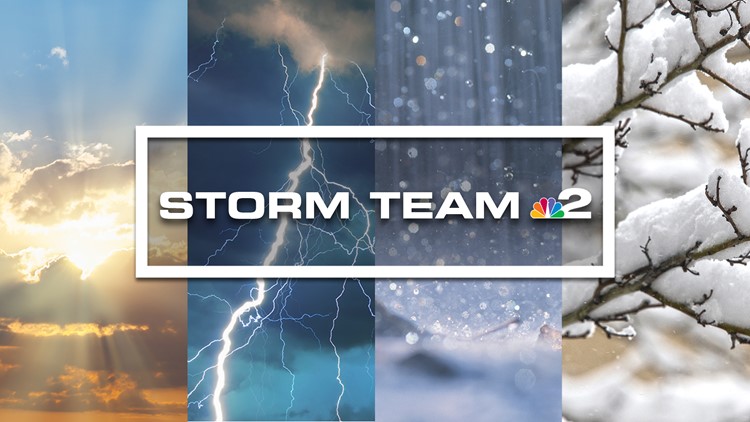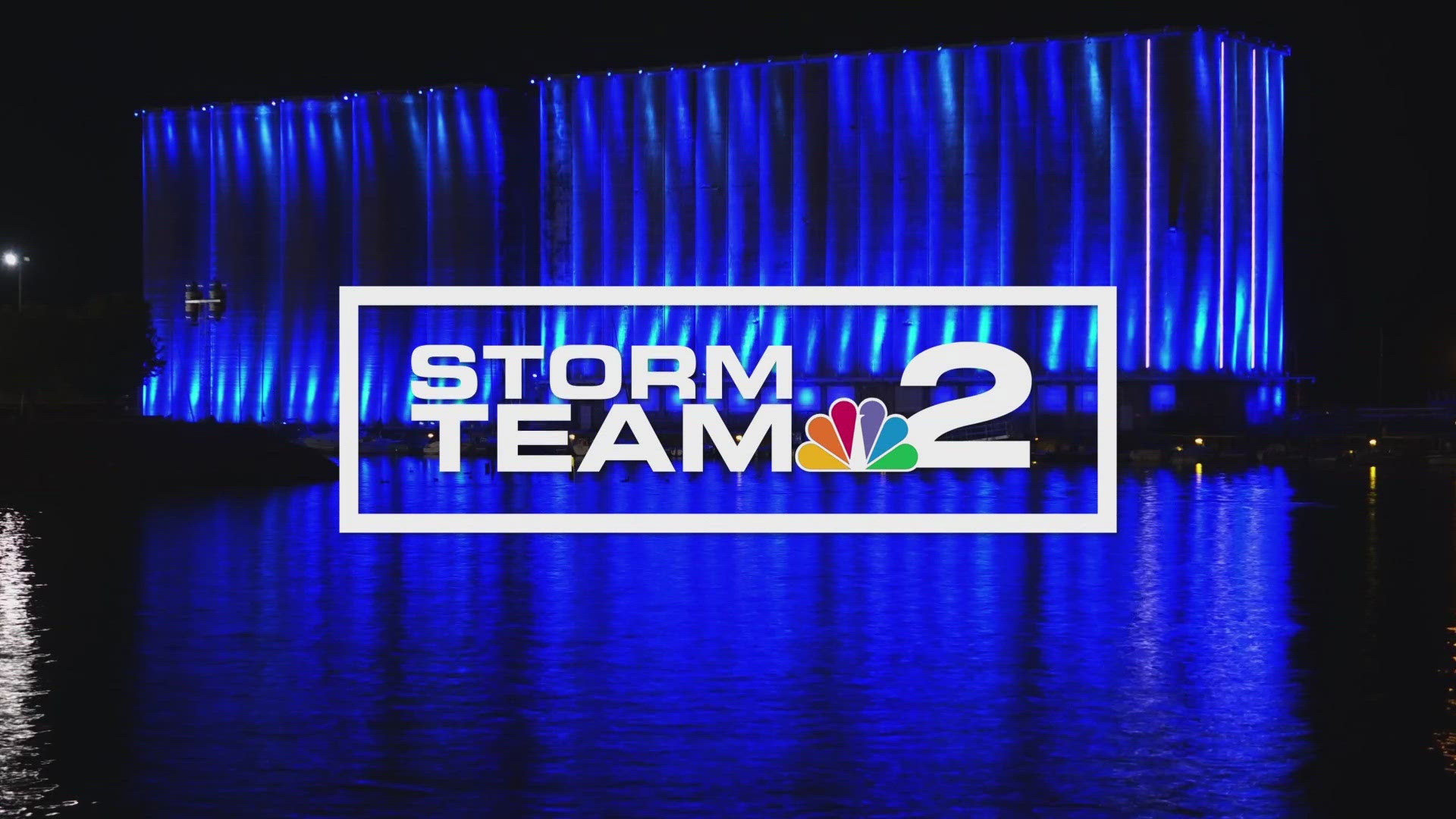BUFFALO, N.Y. — This happens four times a year: members of Storm Team 2 mention the start of a "Meteorological" season that doesn't coincide with the "typical" changing of the seasons.
The biggest difference is that Meteorological seasons follow the changing of the calendar month to month, while the start of Astronomical seasons are based on the Earth's position, more so tilt, around the sun. In other words, the Meteorological seasons revolve around what's happening with the weather on Earth, primarily seen through temperatures, while Astronomical seasons are based on what's happening in space relative to the Earth and the sun's rays.
The first day of March, June, September and December each mark the start of Mereological spring, summer, fall and winter respectively. Where as the beginning of Astronomical spring, summer, fall and winter arrive in mid-late March (Vernal Equinox), mid-late June (Summer Solstice), mid-late September (Autumnal Equinox), and mid-late December (Winter Solstice). So by this fact alone, no matter which way you define a season, each season lasts approximately the same amount of time.
No matter what, both seasons typically follow the seasonal shift in weather patterns locally. For example, Buffalo's warmest months are usually June, July and August, coinciding with both Meteorological and Astronomical Summer. And Buffalo's snowiest months are December, January and February, each month part of Meteorological and Astronomical Winter.



